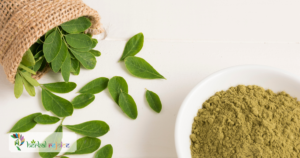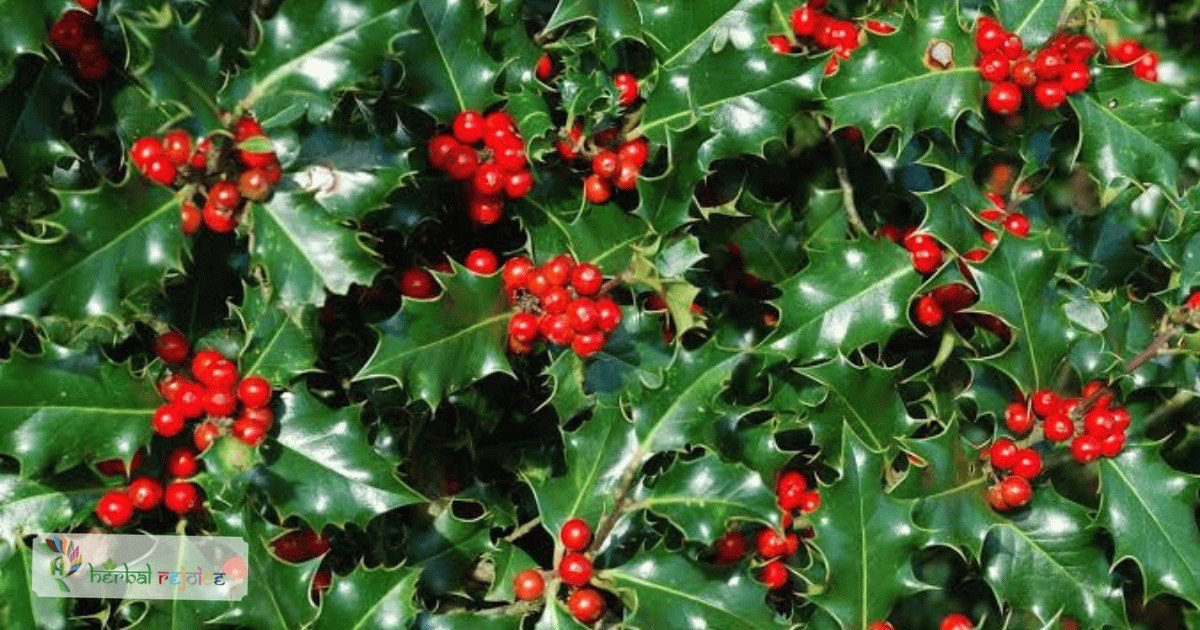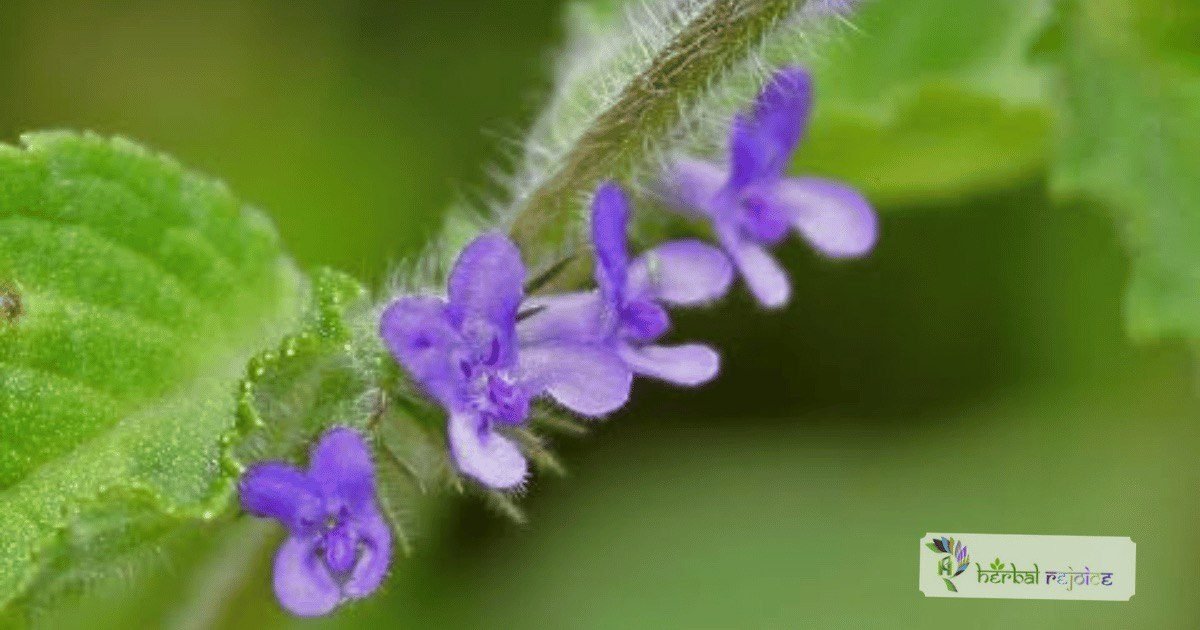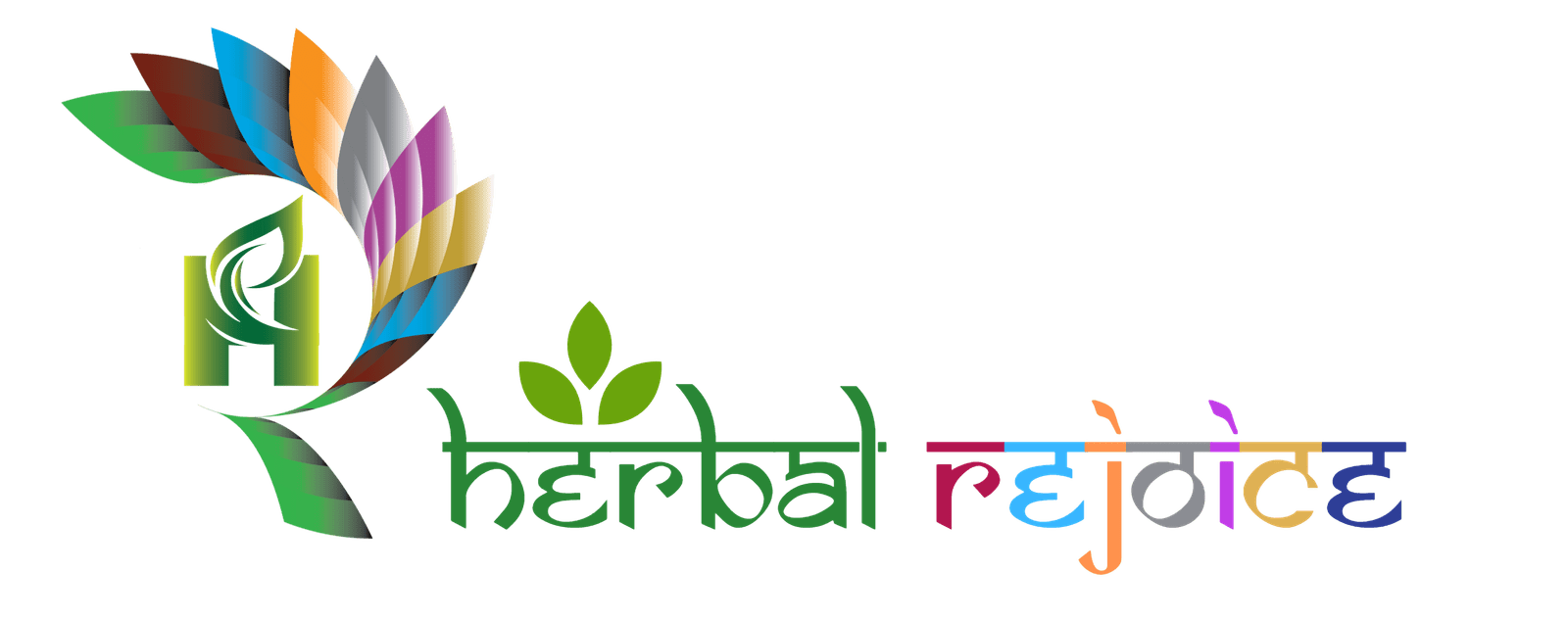Introduction To Moringa
Moringa pterygosperma Gaertn, commonly known as Drumstick or Horse-Radish, is a versatile plant that has been used in various traditional medicine systems. Moringa pterygosperma is commonly used for nervous debility, asthma, enlarged liver and spleen, deep-seated inflammation, and as a diuretic for urinary calculi.
It is a member of the Moringaceae family and is also known by its synonym, M. oleifera Lam. Some of its English names include Drumstick and Horse-Radish.
Moringa : Your Wellness Potential

Names and Habitat
In Ayurvedic medicine, Moringa pterygosperma is known as Shigru (white var.), Madhu Shigru, Sigra, Shobhaanjana, Haritashaaka, Raktaka, Murangi, Mochaka, Akshiva, and Tikshnagandhaa.
In Unani medicine, it is referred to as Sahajan, while in Siddha/Tamil medicine, it is called Murungai.
Chemical Constituents Of Moringa
Various parts of the Moringa pterygosperma tree are reported to have medicinal properties.
The pods of the tree are known to have antipyretic and anthelmintic properties. Diabetics often consume fried Moringa pods.
The flowers of the tree are considered to be cholagogue, stimulant, and diuretic.
The juice of the root is believed to act as a cardiac tonic and antiepileptic. Its decoction is used as a gargle for hoarseness and sore throat. The root and fruit are known for their antiparalytic properties.
The juice of the leaf is used as an emetic in high doses and cooked leaves are given for influenza and catarrhal affections.
The root bark has been found to have antiviral, anti-inflammatory, and analgesic properties. The bark is known for its antifungal and antibacterial effects.
The stem-bark and flower of Moringa pterygosperma have been found to have hypoglycemic properties.
The seeds, when infused, exhibit anti-inflammatory, antispasmodic, and diuretic properties and are given for venereal diseases.
Applications Of Moringa
In addition to these traditional uses, the Ayurvedic Pharmacopoeia of India also suggests the use of dried root bark for goiter, glycosuria, and lipid disorders.
The dried seeds, as well as the leaf, seed, root bark, and stem bark, are recommended for internal abscess, piles, and fistula-in-ano.
The plant contains antibacterial compounds such as spirochin and pterygospermin, which have been found to be effective against both Gram-Positive and Gram-Negative bacteria.
The leaves of Moringa pterygosperma contain nitrile glycosides, niazirin, and niazirinin, as well as mustard oil glycosides. These mustard oil glycosides have been found to have hypotensive, bradycardiac effects, and spasmolytic activity, which supports their traditional use for gastrointestinal motility disorders.
The roots of the plant possess antibacterial, anticholeric, and antiviral properties due to the presence of pterygospermin, spirochin, and benzylisothiocyanate.
In animal studies, the root extract has shown significant anti-inflammatory activity.
The leaves have exhibited hypoglycemic activity, although the plasma insulin levels did not change significantly. The root and bark of Moringa pterygosperma have also been found to have antifertility activity.
Dosage
For medicinal use, the recommended dosages are as follows: 10-20 ml of leaf juice, 2-5 g of powdered root bark or stem bark, and 5-10 g of powdered seeds.
A decoction of the leaf, flower, fruit, seed, bark, or root can also be prepared using 1-3 g of powder or 50-100 ml of water
Conclusion
In conclusion, Moringa pterygosperma is a valuable plant in traditional medicine systems due to its various therapeutic properties.
It has been used to treat a wide range of ailments, including cardiac and circulatory issues, fever, diabetes, asthma, inflammation, and urinary calculi.
Its antibacterial, antiviral, anti-inflammatory, and hypoglycemic properties have been scientifically validated.
Frequently asked questions(FAQs)
What is Moringa pterygosperma also known as?
Moringa pterygosperma is commonly known as Drumstick or Horse-Radish.
What family does Moringa pterygosperma belong to?
Moringa pterygosperma belongs to the Moringaceae family.
What are some other English names for Moringa pterygosperma?
Some of its English names include Drumstick and Horse-Radish.
What is Moringa pterygosperma known as in Ayurvedic medicine?
In Ayurvedic medicine, Moringa pterygosperma is known as Shigru (white var.), Madhu Shigru, Sigra, Shobhaanjana, Haritashaaka, Raktaka, Murangi, Mochaka, Akshiva, and Tikshnagandhaa.
What is the traditional use of Moringa pterygosperma for diabetics?
Diabetics often consume fried Moringa pods.
What properties do the flowers of Moringa pterygosperma have?
The flowers of the tree are considered to be cholagogue, stimulant, and diuretic.
What is the traditional use of the root juice of Moringa pterygosperma?
The juice of the root is believed to act as a cardiac tonic and antiepileptic.
What conditions is Moringa pterygosperma commonly used for?
Moringa pterygosperma is commonly used for nervous debility, asthma, enlarged liver and spleen, deep-seated inflammation, and as a diuretic for urinary calculi.
How is Moringa pterygosperma decoction used for sore throat?
Its decoction is used as a gargle for hoarseness and sore throat.
What are the antiparalytic properties of Moringa pterygosperma?
The root and fruit are known for their antiparalytic properties.
What is the traditional use of Moringa pterygosperma for influenza?
The juice of the leaf is used as an emetic in high doses and cooked leaves are given for influenza and catarrhal affections.
What properties does the root bark of Moringa pterygosperma have?
The root bark has been found to have antiviral, anti-inflammatory, and analgesic properties.
What effects do the mustard oil glycosides in Moringa pterygosperma have?
Mustard oil glycosides in Moringa pterygosperma have hypotensive, bradycardiac effects, and spasmolytic activity, which support their use for gastrointestinal motility disorders.
What antibacterial compounds are found in Moringa pterygosperma?
The plant contains antibacterial compounds such as spirochin and pterygospermin, which have been found to be effective against both Gram-Positive and Gram-Negative bacteria.
What dosages are recommended for medicinal use of Moringa pterygosperma?
For medicinal use, the recommended dosages are 10-20 ml of leaf juice, 2-5 g of powdered root bark or stem bark, and 5-10 g of powdered seeds.
What is the recommended dosage for preparing a decoction of Moringa pterygosperma?
A decoction of the leaf, flower, fruit, seed, bark, or root can be prepared using 1-3 g of powder or 50-100 ml of water.
What therapeutic properties have been scientifically validated in Moringa pterygosperma?
The antibacterial, antiviral, anti-inflammatory, and hypoglycemic properties of Moringa pterygosperma have been scientifically validated.





